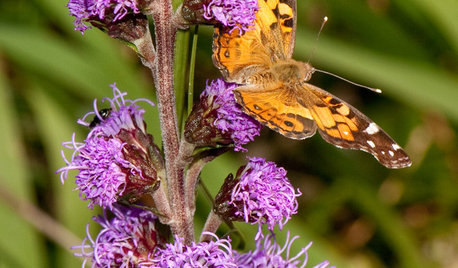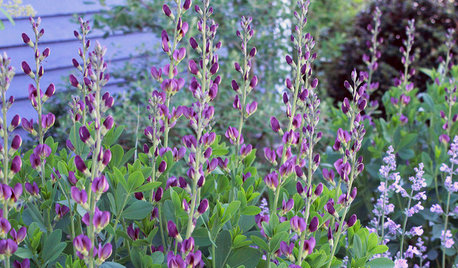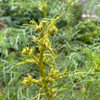Monarch Butterflies Need Help
arkbirdlady
11 years ago
Related Stories

CALIFORNIA NATIVE PLANTSGreat Design Plant: Asclepias Is Attractive to Monarch Butterflies
Increase monarch butterfly populations in California by planting stunning native milkweeds
Full Story
FALL GARDENINGWhat Monarch Butterflies Taught Me About Garden Design
Thinking like a butterfly leads to fresh perspectives in the garden and in life
Full Story
GARDENING FOR BUTTERFLIESBe a Butterfly Savior — Garden for the Monarchs
Keep hope, beauty and kindness alive in the landscape by providing a refuge for these threatened enchanters
Full Story
GARDENING GUIDESGreat Design Plant: Asclepias Incarnata for a Butterfly Garden
Beautiful swamp milkweed makes it easy to help monarchs and other pollinators in eastern U.S. gardens
Full Story
GARDENING AND LANDSCAPINGBe a Citizen Scientist to Help Wildlife, Learn and Have Fun Too
Track butterflies, study birds, capture stars ... when you aid monitoring efforts, you’re lending Mother Nature a hand
Full Story
GARDENING GUIDES6 Steps to Creating Your Butterfly Garden
Encourage these fanciful winged beauties to visit your garden while helping restore their fragmented habitat
Full Story
GARDENING GUIDESYou Don't Need Prairie to Help Pollinators
Woodlands, marshes, deserts — pollinators are everywhere
Full Story
GARDENING GUIDESAmerican Lady Butterflies Add Delight to Summer Gardens
Provide native nectar and larval host plants to welcome these migratory butterflies
Full Story
GARDENING GUIDESGreat Design Plant: Butterfly Milkweed, a Beacon in the Prairie
Vivacious orange flowers for you, nectar for the butterflies and bees. Asclepias tuberosa is worth planting for more reasons than one
Full Story
GARDENING FOR BUTTERFLIES7 Native Wildflowers to Make You an Awesome Butterfly Host
Offer the leaves of these and you’ll get more butterflies than with flower nectar alone
Full Story







docmom_gw
rhizo_1 (North AL) zone 7
Related Professionals
Rossville Landscape Architects & Landscape Designers · Cary Landscape Contractors · Cedar Hill Landscape Contractors · Deerfield Beach Landscape Contractors · East Haven Landscape Contractors · Kailua Landscape Contractors · Las Vegas Landscape Contractors · Point Pleasant Landscape Contractors · Carlisle Decks, Patios & Outdoor Enclosures · Cedar Falls Decks, Patios & Outdoor Enclosures · Centreville Decks, Patios & Outdoor Enclosures · Lincoln Decks, Patios & Outdoor Enclosures · Renton Decks, Patios & Outdoor Enclosures · South Lyon Decks, Patios & Outdoor Enclosures · Watauga Decks, Patios & Outdoor Enclosureszen_man
docmom_gw
kimka
zen_man
kimka
zen_man
Tiffany, purpleinopp Z8b Opp, AL
Desirai
zen_man
Tiffany, purpleinopp Z8b Opp, AL